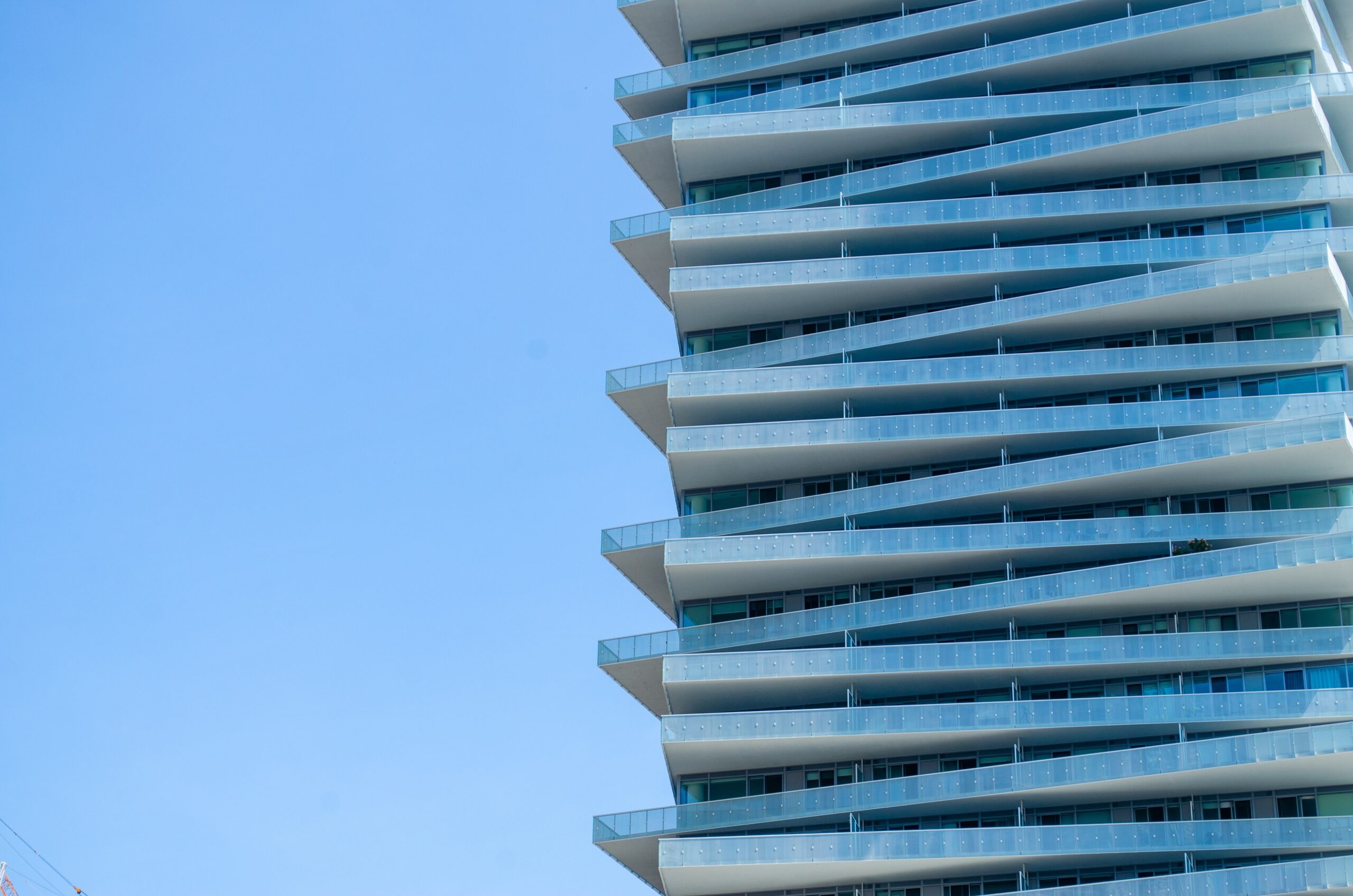Real estate development is a diverse industry that encompasses both residential and commercial sectors. While the end goal of both types of developers is to create profitable properties, there are distinct differences in their approaches, strategies, and considerations. As an architectural design firm that does both, here are five of the main differences between residential and commercial developments.
Purpose and Target Market
As the names of these different types of developments suggest, residential and commercial developers focus on building for different purposes. Residential developers focus on creating properties for individuals or families to live in. Their primary aim is to meet the housing needs of the community, whether it’s single-family homes, apartments, or condominiums. On the other hand, commercial developers are focused on properties intended for business purposes. Their projects can include office buildings, retail spaces, industrial facilities, and hospitality establishments. The target market for residential and commercial properties varies significantly, and developers must understand the unique demands and preferences of each sector.
Financial Considerations
The financial aspects of residential and commercial development differ substantially. Residential projects often involve smaller-scale investments compared to commercial ventures. Residential developers typically rely on individual buyers, mortgages, and pre-sales to secure funding. Commercial developers, however, often work with institutional investors, private equity firms, and commercial lenders due to the larger capital requirements associated with commercial properties. They may also need to consider lease rates, tenant occupancy, and long-term sustainability factors to ensure profitability.
Regulatory and Zoning Requirements
Residential and commercial developers face distinct regulatory and zoning requirements. Residential projects are subject to specific building codes and zoning ordinances related to housing, safety, and environmental standards. Commercial developers must navigate a more complex set of regulations, including zoning restrictions, parking requirements, accessibility regulations, and compliance with specific industry standards. They may need to consider factors such as signage regulations, traffic impact studies, and compliance with disability laws.
Design and Construction
Design and construction considerations vary significantly between residential and commercial projects. Residential developers prioritize creating living spaces that are functional, aesthetically pleasing, and meet the needs of potential buyers. Attention is given to factors such as floor plans, amenities, landscaping, and curb appeal. Commercial developers, on the other hand, focus on maximizing the utility and efficiency of the space for businesses. Factors such as optimal layout, utility connections, infrastructure, and technological requirements play a vital role. Commercial developers often work closely with architects, engineers, and interior designers to create spaces that meet the specific needs of potential tenants.
Market Dynamics and Trends
The residential and commercial real estate markets operate under different dynamics and trends. Residential markets are influenced by factors such as population growth, demographics, affordability, and lifestyle preferences. Economic conditions and interest rates also impact the demand for residential properties. Commercial markets, on the other hand, are influenced by factors such as job growth, industry trends, consumer spending, and the overall business climate. Understanding market dynamics and emerging trends is crucial for both residential and commercial developers to make informed decisions and stay competitive.
Are you looking for a developer to partner with for your residential or commercial project? Contact us today!





